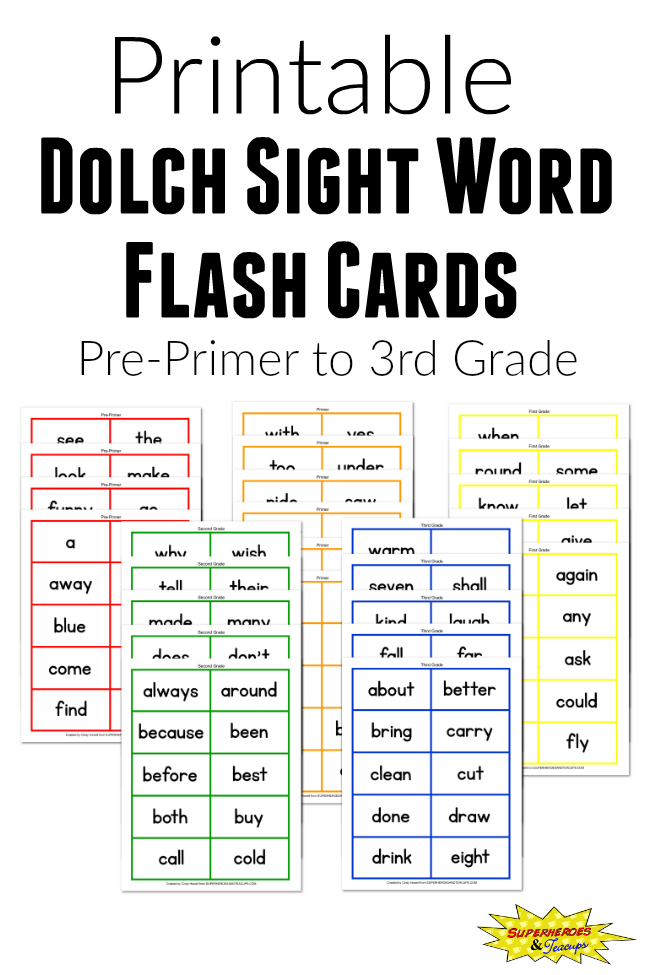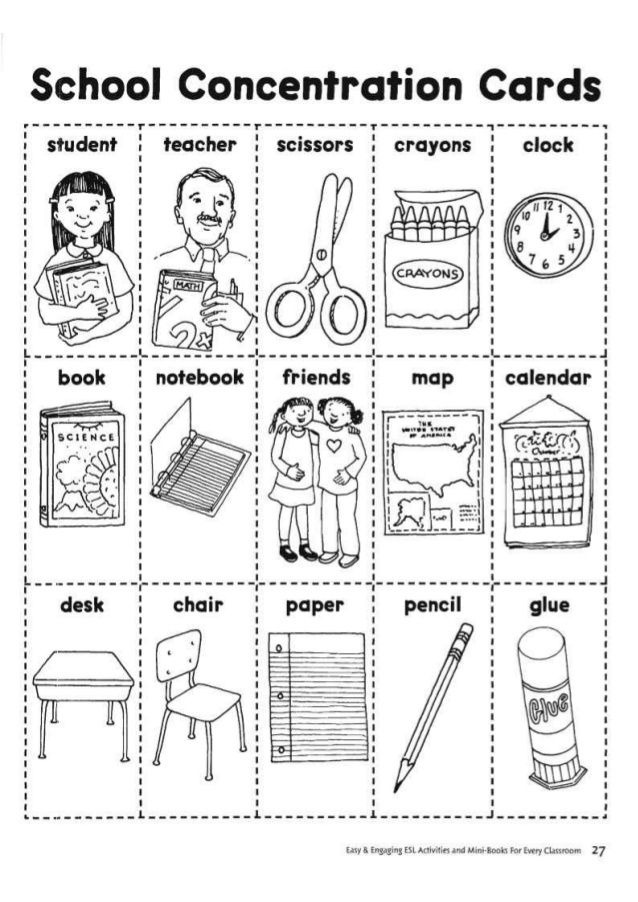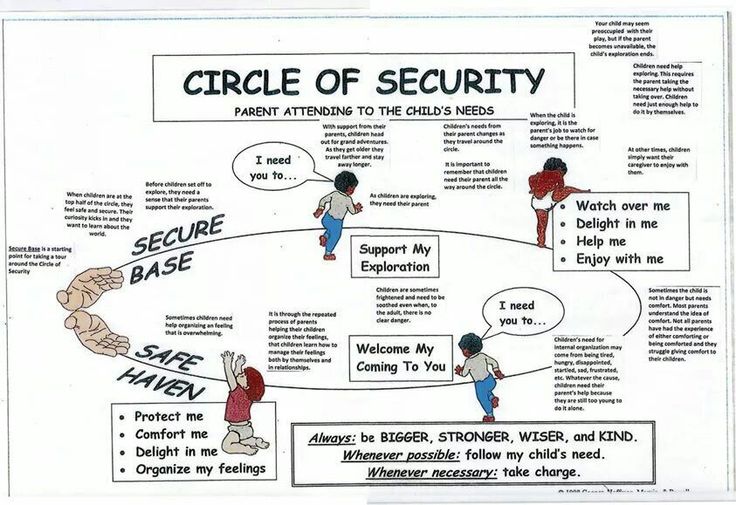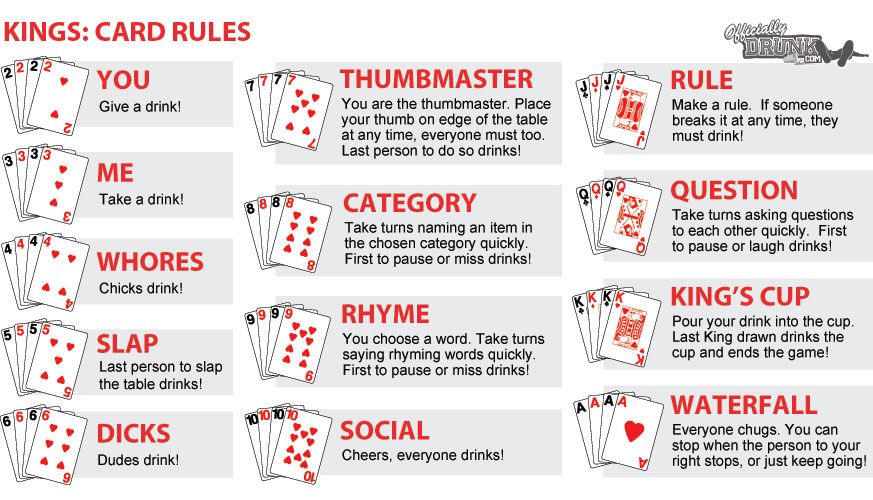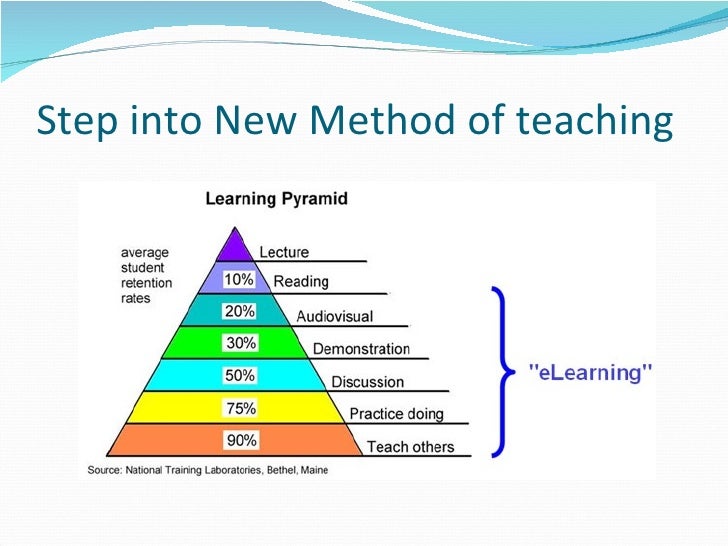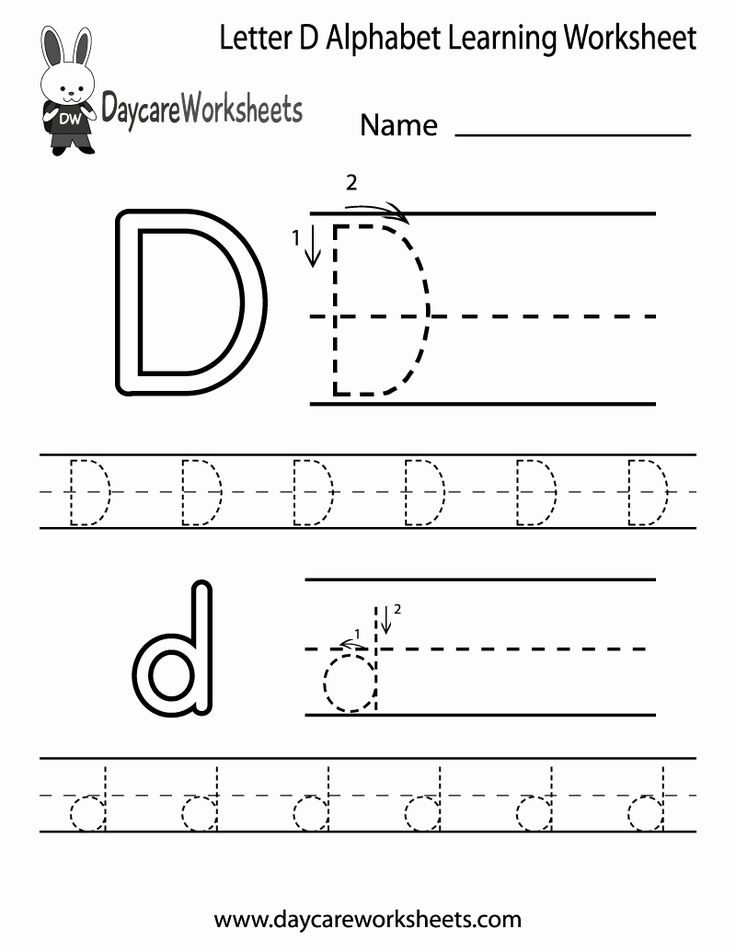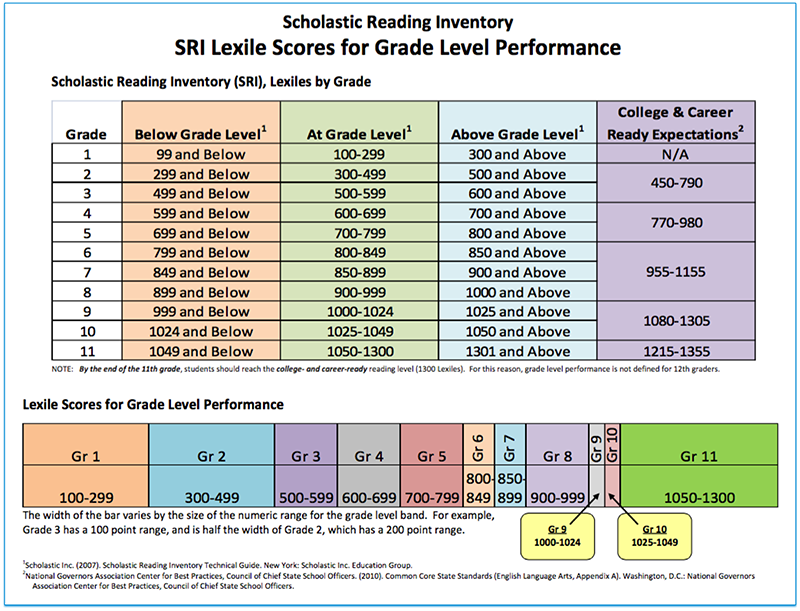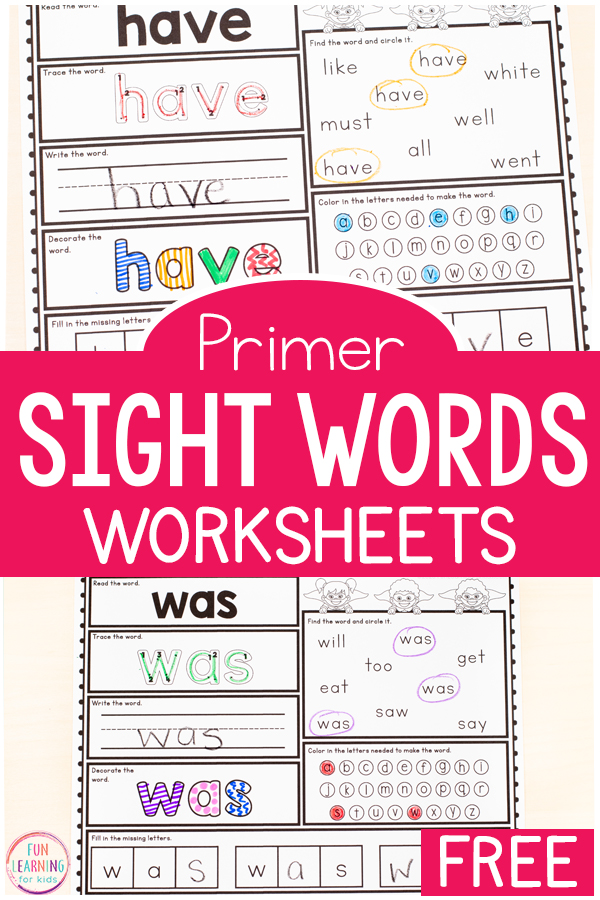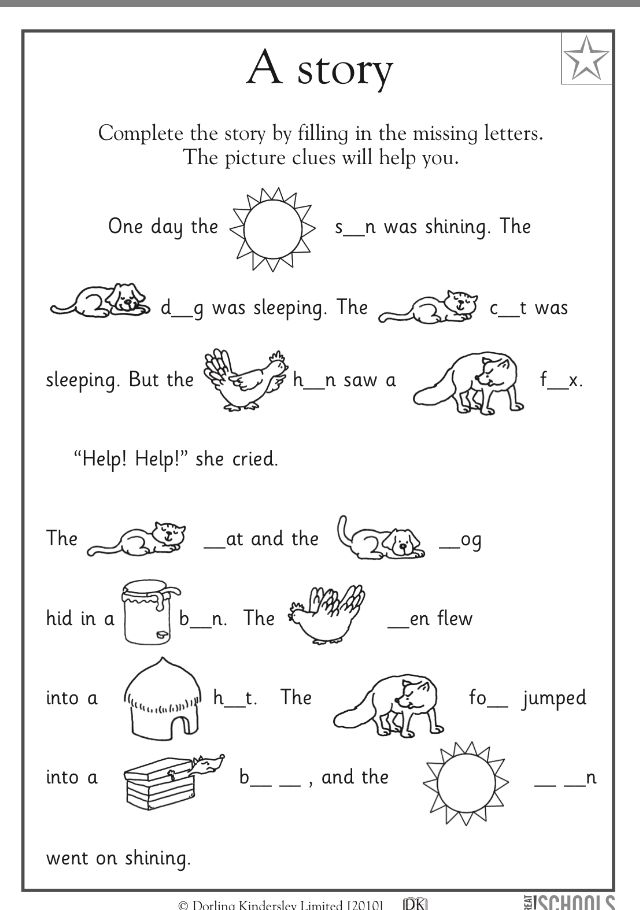Dolch word games
Dolch Word Games – Dolch Word
This page has links to lots of free online Dolch word games to help you learn those all-important sight words. Just click the picture to play the game you want to try. All of the games here are free to use and should work well on tablet or on computer.
Sight Word Safari
Sight Word Safari is a great way to learn Dolch sight words. At the start of the game you have a choice of whether to play with a mouse or a touchscreen device, so it’s suitable for playing on a tablet or computer.
You can also choose from Kindergarten Words, First Grade Words, Big Words and Numbers and Colors.
You will hear a word and you need to click the animal showing the matching word.
Teach Your Monster – Sighties Hide and Seek
You have to be quite quick to catch the words in this Teach Your Monster game.
Listen carefully and you will hear a word. Wait for the matching word to pop up
This game is easy to start off with, as there are just two words to choose from. As you advance it will get harder with more words to choose from.
Out of Sight Words
Out of Sight Words is a very simple game for word recognition.
There are ten stages to choose from. Each stage has a scene with words at the bottom.
Click on a word, then find the matching object, then click it in the picture.
This game has the words in capital letters.
Submarine Spelling Practice
Submarine Spelling Practice is a great game for learning to spell the Dolch sight words.
At the start of the game, you can choose your level – Pre-Primer, Primer, First Grade, Second Grade, Third Grade or All Words.
You will hear a word, then see the letters that make up the word, but in the wrong order.
Click and drag the letter tiles into the correct order to spell the word.
Starfall Sight Words Match
Starfall Sight Words Match is a classic memory game. Click a card to turn it over and reveal the word. Click another card and see if you can find a matching pair.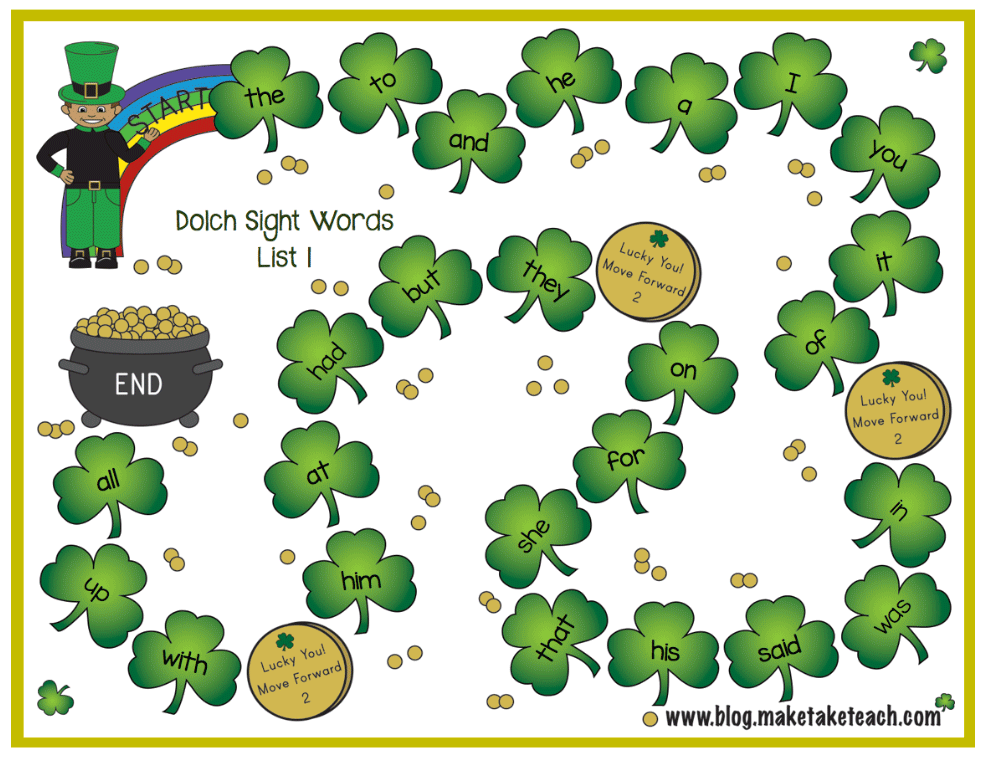
When you find a match you will hear the word and it will move to the grid at the bottom to show your progress.
When you’ve completed all the matches, the game will move on to a new level with more words to match.
Kitten Hop Dolch Word Recognition Game
Kitten Hop is a fun game that will help you to recognise Dolch Words.
A word is read out, and you have to click on the matching word to hop forwards.
You are racing against other kittens, so don’t take too long to find the correct word!
Dolch Word Snowball Fight Game
You will hear a word (if you miss it, there’s a repeat word button).
Click on the matching word to throw a snowball at the polar bear.
If you choose the right word your snowball will splodge the polar bear. If you’re wrong, you will get snowballed!
Sight Word Smash Game
When you start the game you can choose to practice Kindergarten, 1st Grade, Big Words or Numbers & Colors.
Listen out for a word, then click the matching word brick.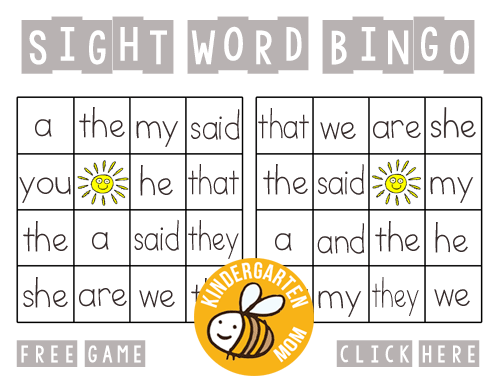 If you’re right the brick will smash.
If you’re right the brick will smash.
Once you’ve smashed all the bricks in the wall you can play again to practice more words.
Dolch Sight Word Bingo
When the game starts you can choose the word group you’d like to work on: Pre-Primer, Primer, 1st Grade, 2nd Grade, 3rd Grade, Nouns or All Words.
Next you can choose the size of grid you want to use – the bigger the grid the harder the game.
You will hear a word and you need to find it in your grid and click it. If you’re right a bug will appear.
When you’ve found a line of bugs it’s bingo and you will unlock a new Bingo Bug to add to your collection.
Dolch Sight Words Games for Kids Online
Dolch Sight Words Games: Learning the English Language Made Fun!Whether your son or daughter is a kindergartener or is in the first or second grade, our colorful and animated Dolch Sight Words Games will make it a breeze for them to practice and learn new words. Plus, it will also allow the kids to improve their vocabulary while developing their reading skills.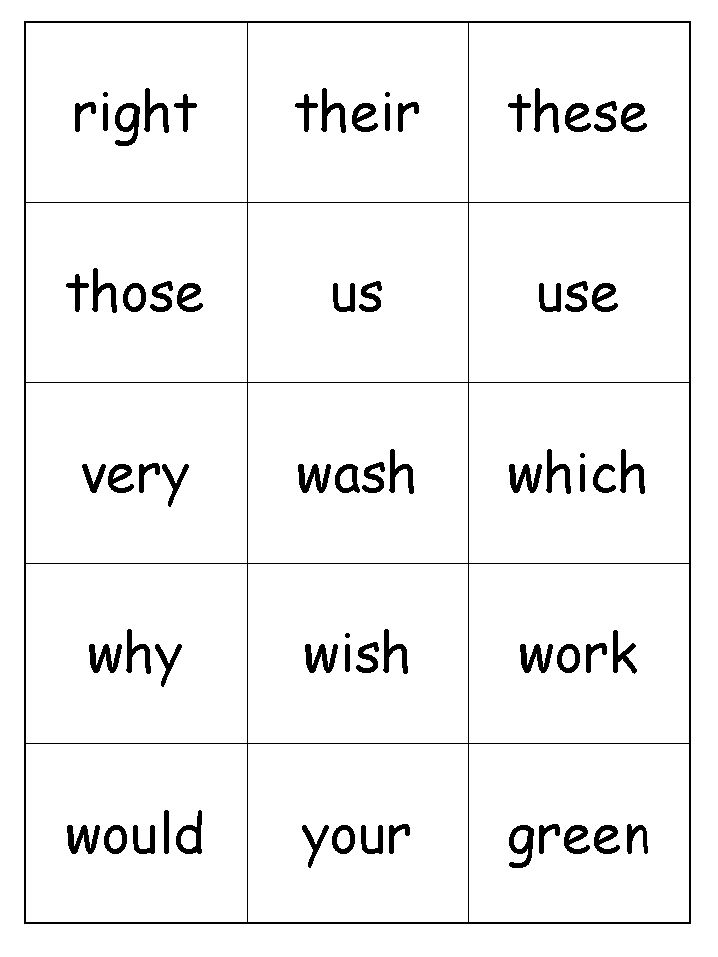
The process of learning how to read can be a little challenging for most kids. So, once your kid gives a thumbs up to the 26 letters and the sounds of the alphabet, it is time to begin their reading lessons. Most importantly, you should make sure to help your kid understand that the letters they have learned might not behave as expected when it comes to making words with them. There would be silent consonants and vowels, the same letter producing different sounds, and much more. No wonder English is a very quirky language.
Dolch words refer to high-frequency English vocabulary. These words help prepare your kids to read. Once the kids learn to recognize them on their own, their reading will become fluent. Dolch words are also known as sight words, and they comprise around 50% to 70% of the English vocabulary of reading materials in grade school. Plus, kids and adults with learning difficulties like dyslexia can also benefit from sight words.
SplashLearn’s unique range of online sight word games will help parents and teachers streamline the learning process by allowing their children to learn and memorize the commonly used words. If the kids can do it successfully, they can identify those words on sight.
If the kids can do it successfully, they can identify those words on sight.
Do you want to have a look at the list of Dolch Sight Words Games we have for your kids? What are you waiting for? Sign up with SplashLearn now!
Dolch Sight Words GamesMinecart Rules the Roost: Understanding and spotting sight words instantly is a crucial step in learning how to read. And, none other than Minecart to help your little ones do that. Play this exciting and educational game with your child and help them gain firm control on sight words. Our interactively and colorfully designed interface will keep your child hooked to the game.
What Sound Did the Sight Word Produce?: Sight and sound make a great pair as far as reading is concerned. Therefore, decoding a sight word from its sound is as important as identifying it on sight. The fun game from SplashLearn's collection will help your kid identify the sight words by the sounds they make.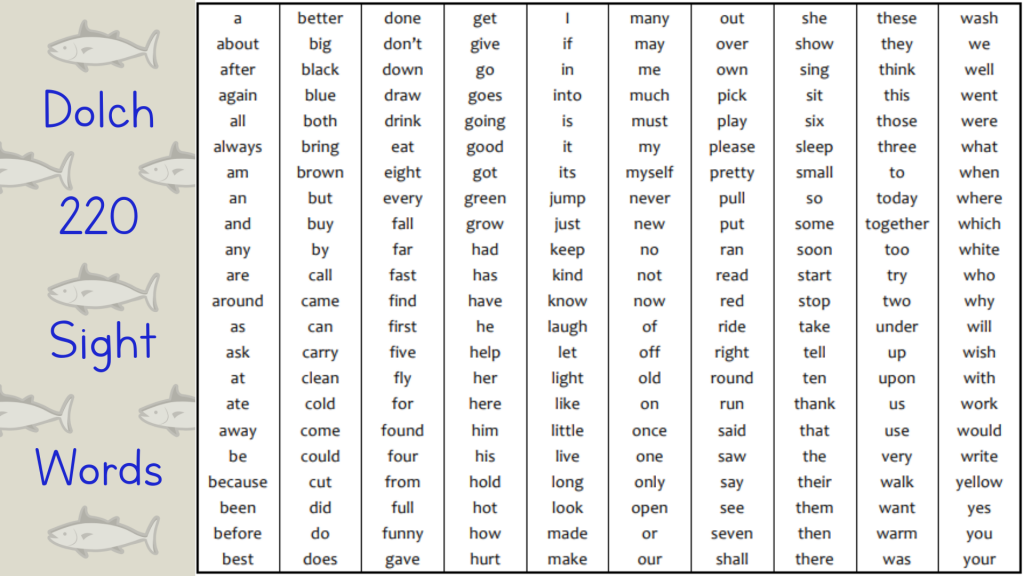 An all-encompassing lesson, indeed!
An all-encompassing lesson, indeed!
Dolch Sight Words Games: Practice and Practice More: Are you sure that your kid understands sight words properly? Well, even if you are not, sit back and relax. This tactically designed game follows a timed mode. It tests the knowledge of your kid about identifying sight words by their respective sound.
These are some of the most exciting ways which can help your child learn the art of reading. But, our list of games does not end here. There are many more super-stimulating games available with us.
Making Reading Easier for the Little OnesMost children run away from studying as most of us did. Remember your childhood days? However, with so many unique solutions around and a do-it-differently approach, you can make learning fun and how. Here are some valuable tips for you:
- Initially, your kids or students might not get the games right. Try not to force them into doing something. Help them understand the gameplay and be patient.
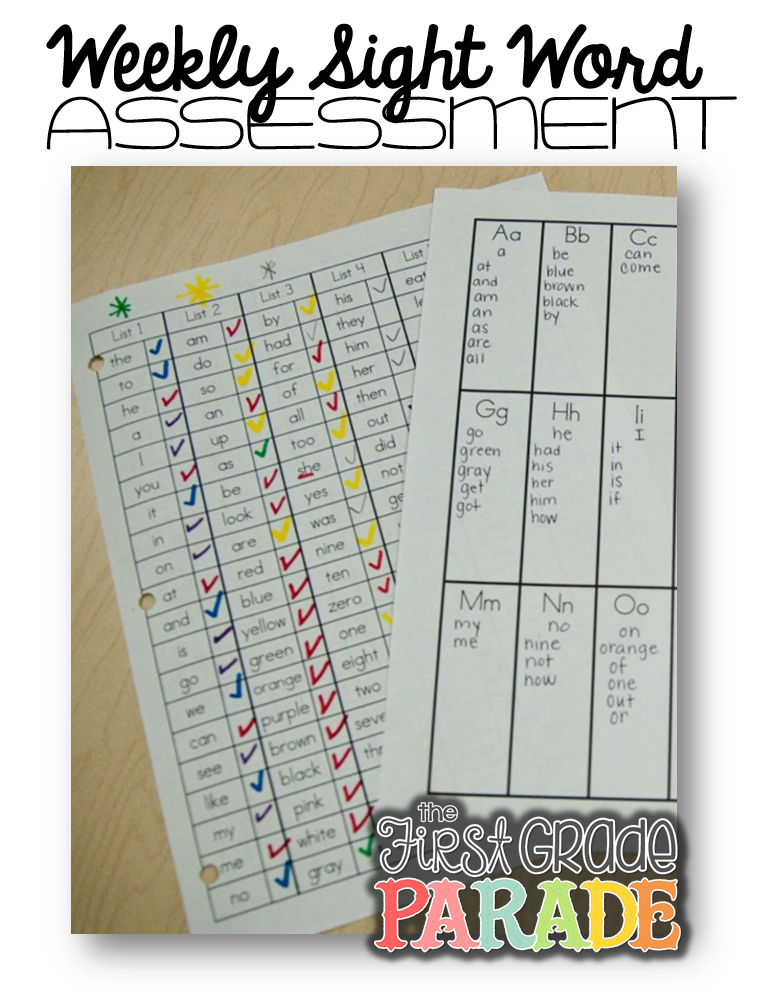
- Make it a regular habit of playing along with your kids. It motivates them like nothing else.
- Play as teams and let them win at times, even if you are winning. It encourages them a lot.
At SplashLearn, we strive to help every child have impeccable reading, writing, and speaking skills. Sign up with us and let your child develop all these skills flawlessly.
Your one stop solution for all grade learning needs.
Give your child the passion and confidence to learn anything on their own fearlessly
Parents, Sign Up for Free
Teachers, Use for Free
4413+
4567+
what is better to play to become smarter - Oftop on vc.ru
Analyst and creative thinking coach Kasya Shakhovskaya wrote a column for vc about why corporations build game rooms in their offices, how, by playing, everyone can become almost a genius and why office clerks need to be good at video games.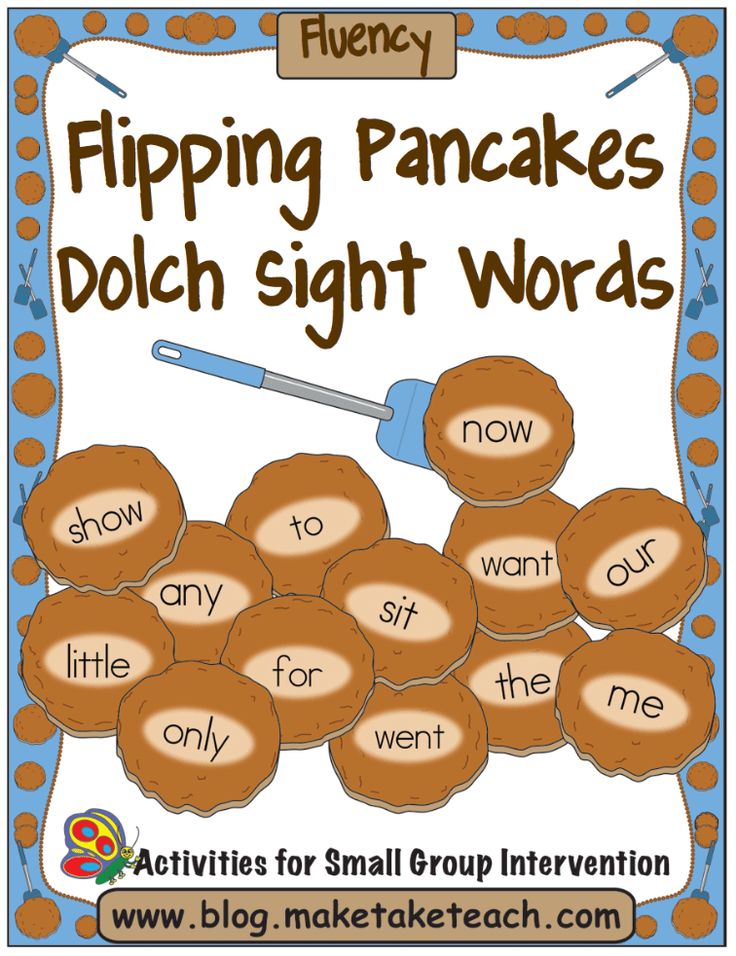
65 179 views
Kasia Shakhovskaya
From birth, children learn about life through the process of play, which improves memory, stimulates the growth of the cerebral cortex, adds fun to the learning process and greatly accelerates human development. The game teaches you to think creatively and find answers to questions that have multiple solutions.
The habit of easily memorizing interesting things remains in a person even in adulthood. You can play alone or with an animal, but it's best to have a few people to give your brain a break from the sensory overload of electronic gadgets and improve your social skills.
Games can also make any job more productive and enjoyable, which international corporations are happy to use, allowing their employees to have fun in the office. Why is it good to play?
1. Games help relieve stress
Due to the natural reaction to danger, stress puts people in a combative state.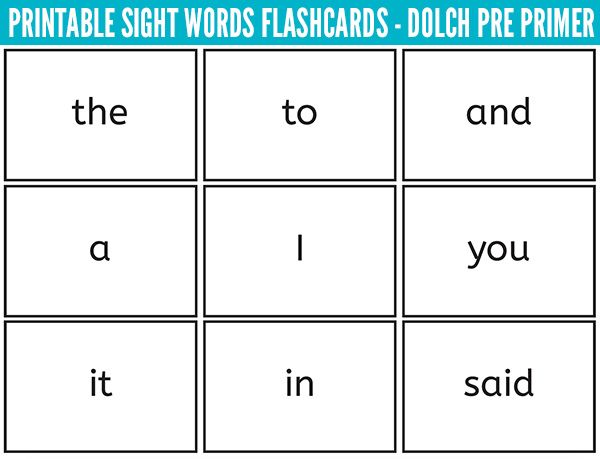 When this happens, the adrenal glands release the hormone cortisol into the bloodstream, which gives the body a burst of energy and strength. A brief mobilization of all the resources of the body, followed by a period of rest, is favorable for a person.
When this happens, the adrenal glands release the hormone cortisol into the bloodstream, which gives the body a burst of energy and strength. A brief mobilization of all the resources of the body, followed by a period of rest, is favorable for a person.
But constant stress exhausts the body and leads to even more stress. It turns out a closed bagel. You can fight this, for example, by neutralizing cortisol with other hormones responsible for feeling happy. Games can help a person produce such hormones of joy.
Endorphins, released from physical activity during active and athletic play, contribute to a general sense of well-being and may even relieve pain temporarily. Video games activate the production of dopamine, which is responsible for the feeling of fun.
It is dopamine that pushes people to exploits and discoveries (in the hope of finding a new source of stimulation), so it helps a person to get out of stressful situations decisively. Social interaction with colleagues during games also helps to feel more secure.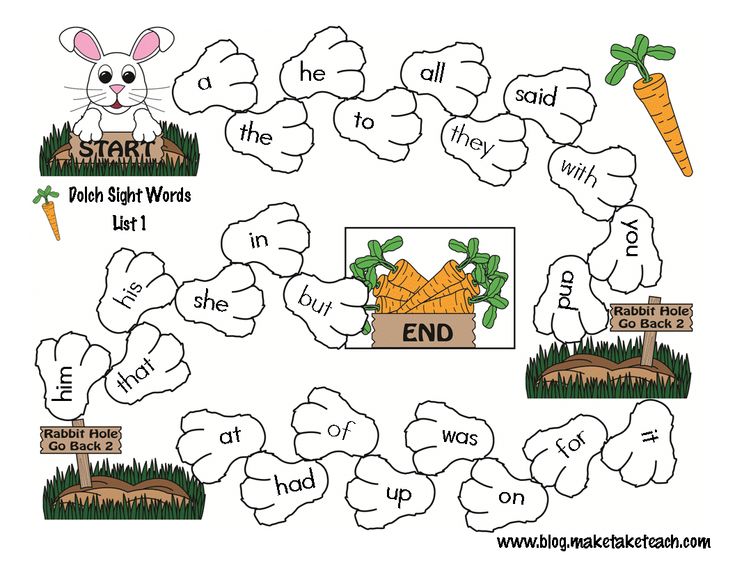
2. Games improve brain function
Logic games, puzzles and especially chess really make you smarter by developing both halves of the brain, helping you learn to think creatively, improve memory, concentration and strategic thinking.
The brain of chess players is not like the average. For example, in great grandmasters, it is characterized by a greater activity of the frontal and parietal cortex - precisely those areas that are responsible for focusing on problem solving and awareness. You don't have to play chess all your life to get a little smarter.
Schoolchildren in Australia who played chess for 18 weeks showed higher levels of intelligence, and students who were taught to play in their first year of university were more academically advanced in their senior years, especially in mathematics, analysis and the ability to think logically compared with a control group who did not play chess.
3. Games improve relationships
Having fun and playing together can promote empathy, compassion, trust, and closeness with others. Office games are a great way to bring a team together. A game can be not only a specific activity, but also a state of mind.
Office games are a great way to bring a team together. A game can be not only a specific activity, but also a state of mind.
Developing a playful, fun personality can help you relax in stressful situations, break the ice with strangers, make new friends, and form new business relationships.
4. Games keep you healthy
Excitement and fun bring us back to childhood, give us a surge of energy. As George Bernard Shaw said, “We don't stop playing because we get old; we get old because we stop playing.”
Happy and cheerful people are more resistant to disease and 35% less likely to die. Maybe instead of another flu shot, suggest to your employer this year that they build a new lounge in the office with a sofa and board games?
Mobile apps with brain training games
If it is important for you to see the progress and results of development, start working with special programs on your phone. I use Lumosity or Peak.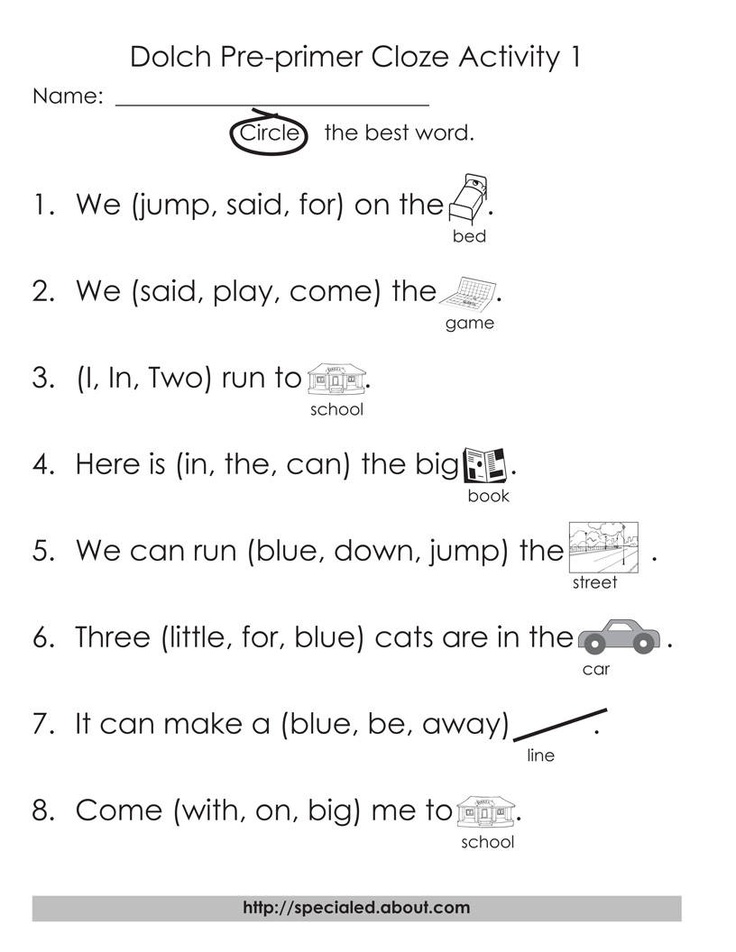 In my opinion, these are the two best systems of logic educational games for adults. The free version will allow you to practice with new games every day and compare results, the paid version will give you access to dozens of games and advanced statistics.
In my opinion, these are the two best systems of logic educational games for adults. The free version will allow you to practice with new games every day and compare results, the paid version will give you access to dozens of games and advanced statistics.
There are studies confirming and refuting the effectiveness of these applications. There is no single answer. I use them to concentrate. During a busy day at work, on a Monday or before an important meeting, I often play one or two games. It only takes a few minutes, but for the next two hours my brain is like a cup of good espresso.
Unfortunately, although such games are quite “delicious” for their interestingness for the brain, they still do not give a person new knowledge, but only improve existing skills. It turns out that not only the muscles of the body need rest after training for growth, but the main thinking organ of a person also needs a break.
Studies have shown that if our brain is exercised too often on the same principle, then it gets used and stops developing.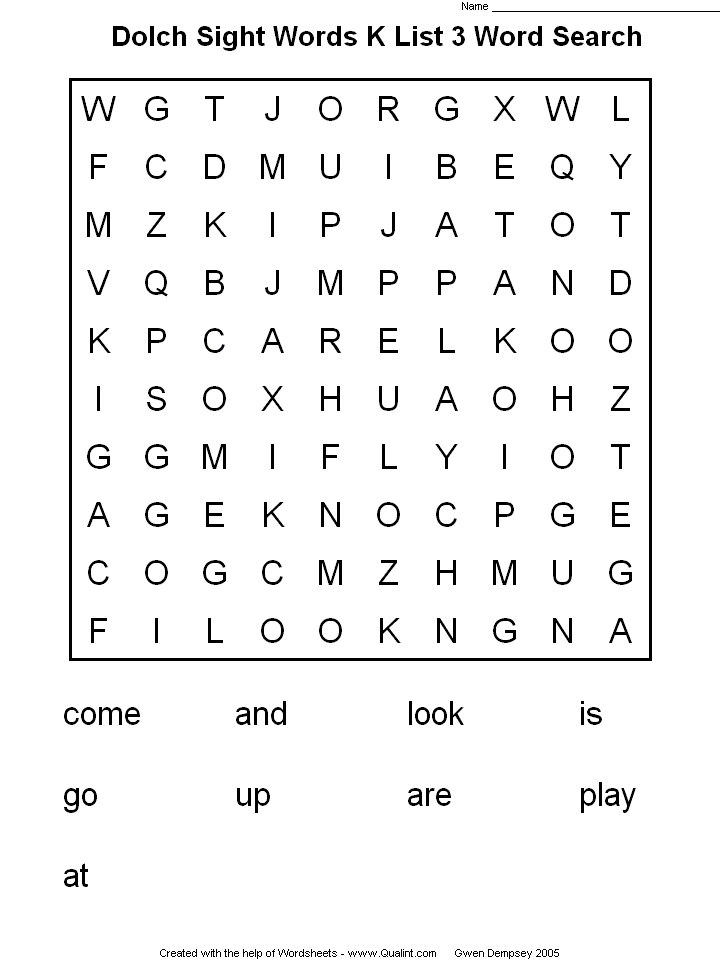 Therefore, it is worth considering such applications only as one of the development tools for playing several times a week or less.
Therefore, it is worth considering such applications only as one of the development tools for playing several times a week or less.
Why computer games are good for the brain
Research shows long-term positive effects of video games on basic mental processes such as perception, attention, memory and decision making. Active video games require players to move quickly, keep track of many elements at the same time, process new information immediately, and come up with split-second solutions.
Many of the abilities honed by such games are considered by psychologists to be the basic building blocks of intelligence. They help improve spatial attention, develop the ability to track moving objects, reduce impulsivity, and help overcome dyslexia.
Video games improve the brain's ability to multitask (multitasking) and increase mental flexibility (studies one, two, and three).
At the University of Geneva, Professor Daphne Bavelier compared the visual abilities of gamers and non-gamers.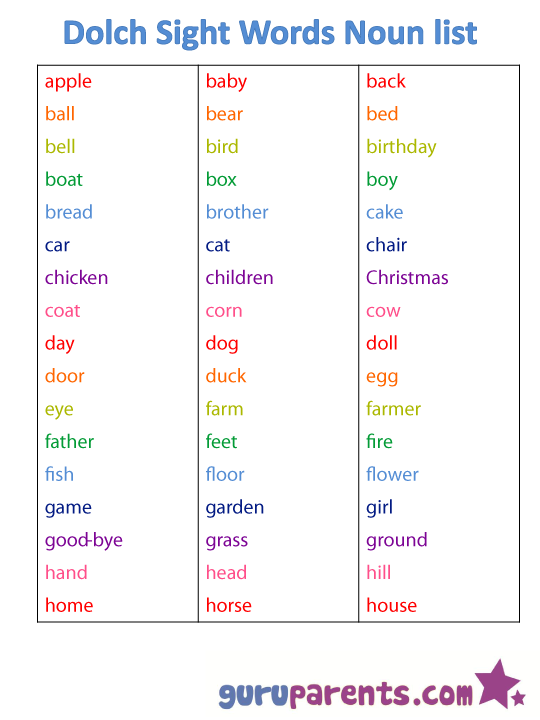 The subjects had to follow the position of several objects moving on the screen and constantly shift their attention from one part of the screen to another, while at the same time remaining alert for other events.
The subjects had to follow the position of several objects moving on the screen and constantly shift their attention from one part of the screen to another, while at the same time remaining alert for other events.
It turned out that people who play video games perform this task significantly better than those who do not. Such a game teaches the brain to process incoming visual information more efficiently and quickly.
In another study, subjects played Super Mario for two months while their brains were examined by MRI at the Max Planck Institute for Human Development and Learning in Berlin. They found that three areas of the brain grew in size: the prefrontal cortex, the right hippocampus, and the cerebellum (all of which are involved in navigation and fine motor control).
From a neurological point of view, video games themselves are literally the opposite of depression. Over the past few years, numerous studies, including at Stanford University, have already looked into the brains of gamers.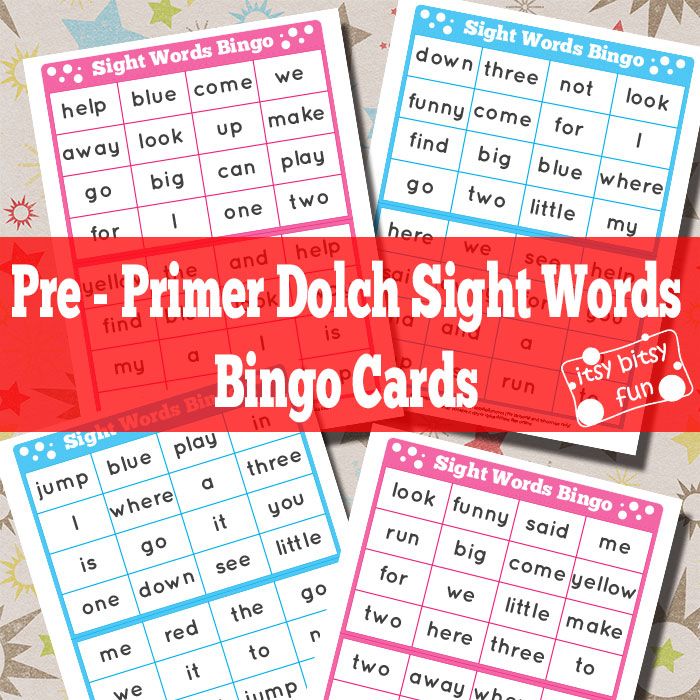
Their results show that when we play video games, two areas of the brain are constantly hyperstimulated: the internal reward system, responsible for motivation and goal orientation, and the hippocampus, associated with learning and memory.
People during the game are constantly focused on the goal. Whether they need to solve a puzzle, find hidden objects, reach the finish line, or score higher than the other players, the goal draws our attention and creates a sense of motivation and determination. While we are focused on success and expect rewards, the brain stimulates us with pleasant sensations. Therefore, people experience the joy of the game, which helps fight depression.
A research team led by Professor Sally Merry of the University of Auckland developed Sparx, a cognitive behavioral therapy (CBT) teen role-playing game designed to help young people cope with depressive disorders.
This game significantly reduces depression, hopelessness and anxiety in young players and is just as good as traditional therapies. The developers of the game managed to make Sparx interesting: most of the young people who tried it said they would recommend Sparx to their friends.
The developers of the game managed to make Sparx interesting: most of the young people who tried it said they would recommend Sparx to their friends.
Video games improve productivity, especially for jobs that require good eye-hand-attention-memory coordination and quick decisions. For example, gamers are better with drones even if they never trained to be pilots, and young, inexperienced surgeons who were also avid gamers outperformed experienced surgeons during the study, with rookies making 37% fewer errors and completing surgeries 27% faster.
Video blogger Alex Olney is testing the manipulators of the game "Underground"
Surgeon Hank Hoedemaker created the game "Underground" for Nintendo. In it, two friends go through tunnels, and the game is controlled using special devices similar to medical ones. The game teaches basic surgery skills. In this video, it is clear how the manipulation mechanism works, and here the creators themselves explain all the principles.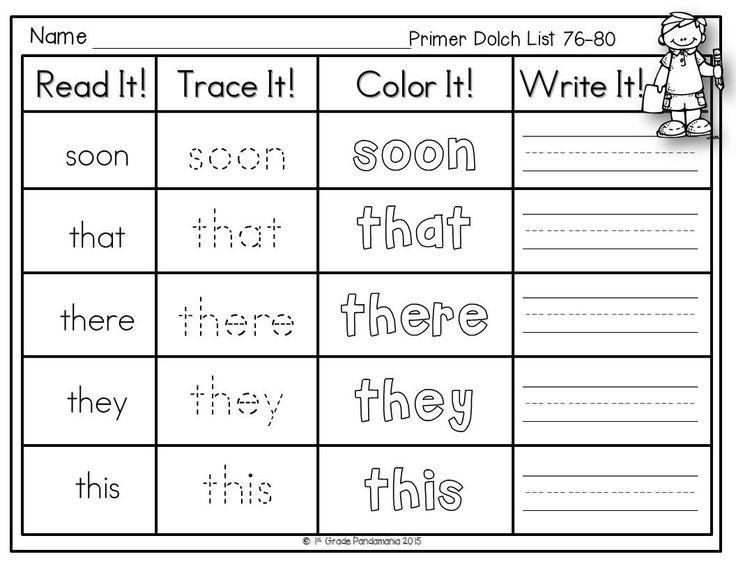
Variant for your grandmother
Video games help reverse the mental decline that accompanies aging. Cognitive flexibility, attention, working memory, and abstract thinking all tend to decline with age.
But you don't have to become a vegetable who doesn't understand anything: show your grandparents computer games. Many experiments with older participants show a significant improvement in all these abilities after the game.
Guess the game useful for the elderly? World Of Warcraft (WoW - ed.). Other researchers have studied the reactions of people aged 65 to 77. Scientists chose WoW because players need to simultaneously process and keep in mind a large amount of information during the passage.
Participants first completed tests to assess their playing skills, motor reflexes, reaction time and cognitive abilities. Then each participant played for two hours in the evenings for two weeks.
After the group was checked again, and the results showed even those who initially received the lowest score.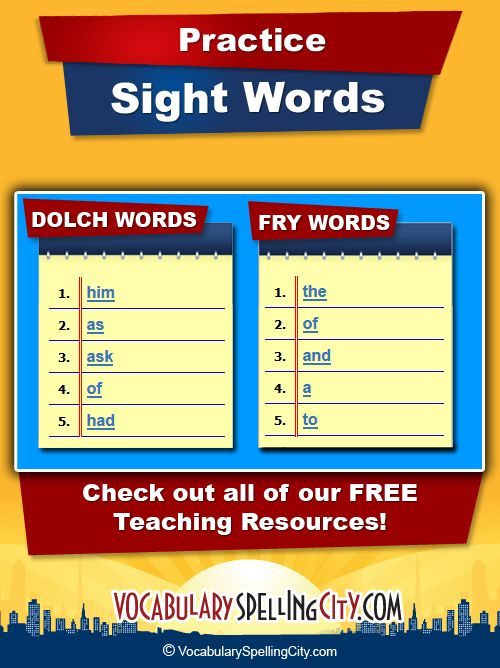 Some novice gamers have even outperformed those who initially played well. The researchers concluded that this game may increase neural plasticity in older people.
Some novice gamers have even outperformed those who initially played well. The researchers concluded that this game may increase neural plasticity in older people.
Professor Adam Gazzalei of the University of California at San Francisco and a team of designers created Neuroracer specifically for seniors.
I'm intrigued by the idea that in the future, a psychiatrist or neurologist will no longer write a prescription for a drug, but write something like "play this game every day for three hours for two months." This will be a prescription for digital medicine.
Adam Gazzalei, Professor at the University of California, San Francisco
During the game, a person needs to drive a car and perform other tasks in parallel. After only 12 hours of use, the performance of the retirees improved, and they confidently beat twenty-year-old children trying the system for the first time. Scientists have also seen improvements in working memory and attention in older people.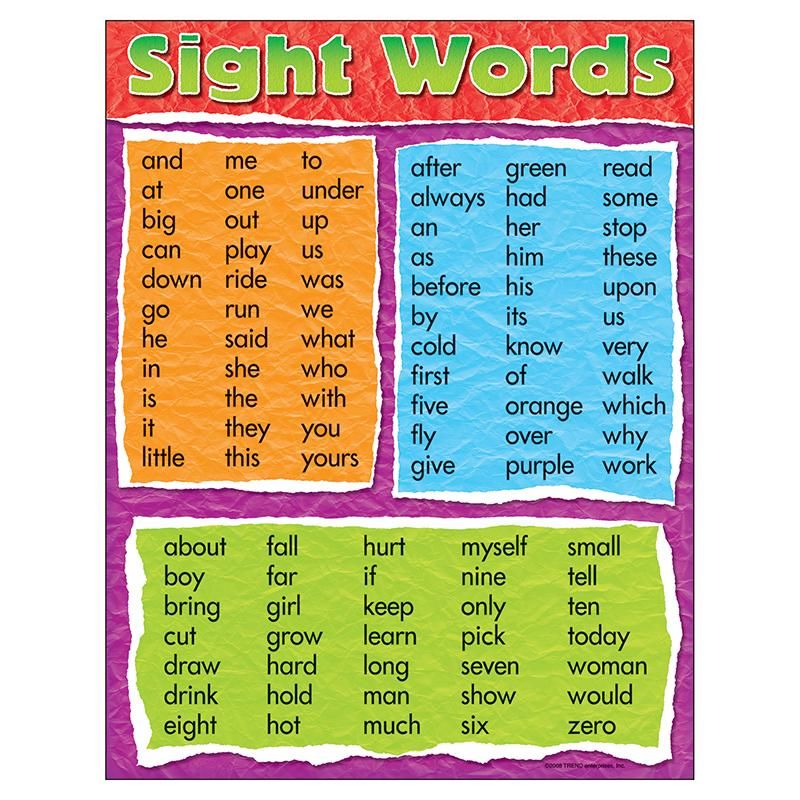
Games in corporations
If you're still wary of the harmful effects of video games, there are plenty of reasons to look into them: the positive effects of moderate (non-violent) gaming are real. Video games contribute to the development of skills that are becoming increasingly important in the modern world.
Even short smartphone sessions will help your employees relax. Studies show that if workers spent about twenty minutes of an eight-hour work day playing simple games on their phones, they felt happier.
Of course, no employer would want their team to regularly travel to a game world like Civilization for hours or even days. Therefore, the ideal games for the office are team games and do not require sessions longer than half an hour.
I saw seven Google offices, including a huge one in Zurich, two in London, and two in New York. Game rooms are filled with books, board games and slot machines. There is also tennis, billiards, basketball hoops and mini-football goals and even a mini-golf field.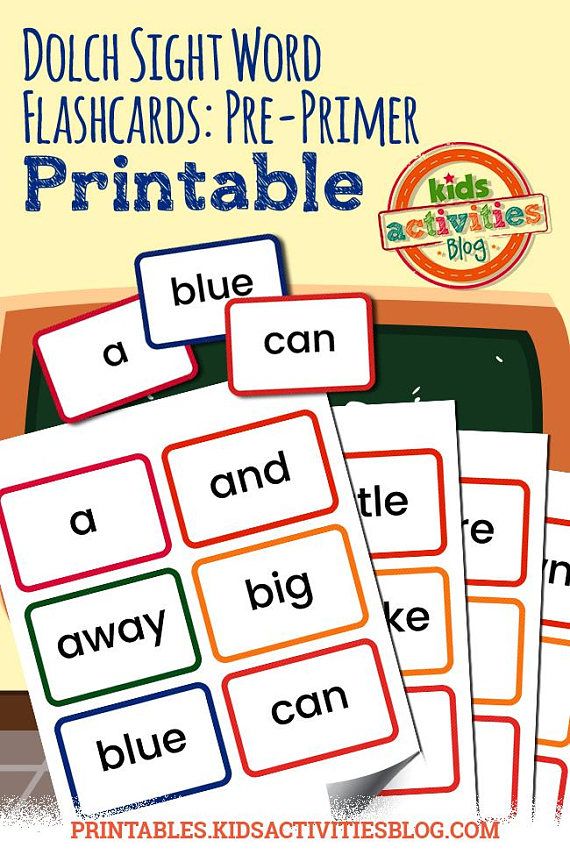
But most of all I was pleased with the rooms with musical instruments. After all, composing music is not only the best training for the brain, but also a great way to develop an ideal manager who is attentive to details and has a strategic mind. All this trains musical activity.
I think you also absolutely need a few guitars and a drum set in a soundproof studio in the office. Imagine a picture: your best salesman Vasya, red with rabies, flies on a broomstick from a negotiation room to such a studio, jumps behind a drum kit and for ten minutes pounding on it with all the dope “I hate everyone's sonata number”.
Then a smiling man comes out, changes his wet shirt, and 20 minutes after getting mad he can talk like a human again. No more wasted man-hours and expensive whiskey for a similar effect. And that guy-gamer, lover of strategies from the technical support department, try to translate into analytics. He'll be able to make bomb reports.
What lies ahead for indie games in 2022 and beyond / Sudo Null IT News
Small development teams have gained a lot of influence in recent years, but will they ever become true ratings kings?
In January 2021, the Dyson Sphere Program game appeared on the Steam platform. Chinese developer Youthcat's first game was a modest but ambitious project in the "factory management" subgenre, pioneered by big indie hits like Factorio and Satisfactory. Less than a year later, the Dyson Sphere Program itself is ready to make a big splash: the game is still in early access, and a significant part of the mechanics has not yet been implemented, nevertheless , its confirmed sales reached 1.7 million copies of by September 2021.
Chinese developer Youthcat's first game was a modest but ambitious project in the "factory management" subgenre, pioneered by big indie hits like Factorio and Satisfactory. Less than a year later, the Dyson Sphere Program itself is ready to make a big splash: the game is still in early access, and a significant part of the mechanics has not yet been implemented, nevertheless , its confirmed sales reached 1.7 million copies of by September 2021.
Suffice it to say that the Dyson Sphere Program was a hit - not just by the standards of the burgeoning Chinese indie scene, , but by everyone else. For an indie/retro snob like me, it's very tempting to see cases like this as a sign that the Golden Age of Indie has finally arrived. After all, we've seen a lot of small teams making games that sell millions of copies, not to mention that some of these games - so-called "triple-I games" - have budgets that rival those of the biggest game developers.
Dyson Sphere Program.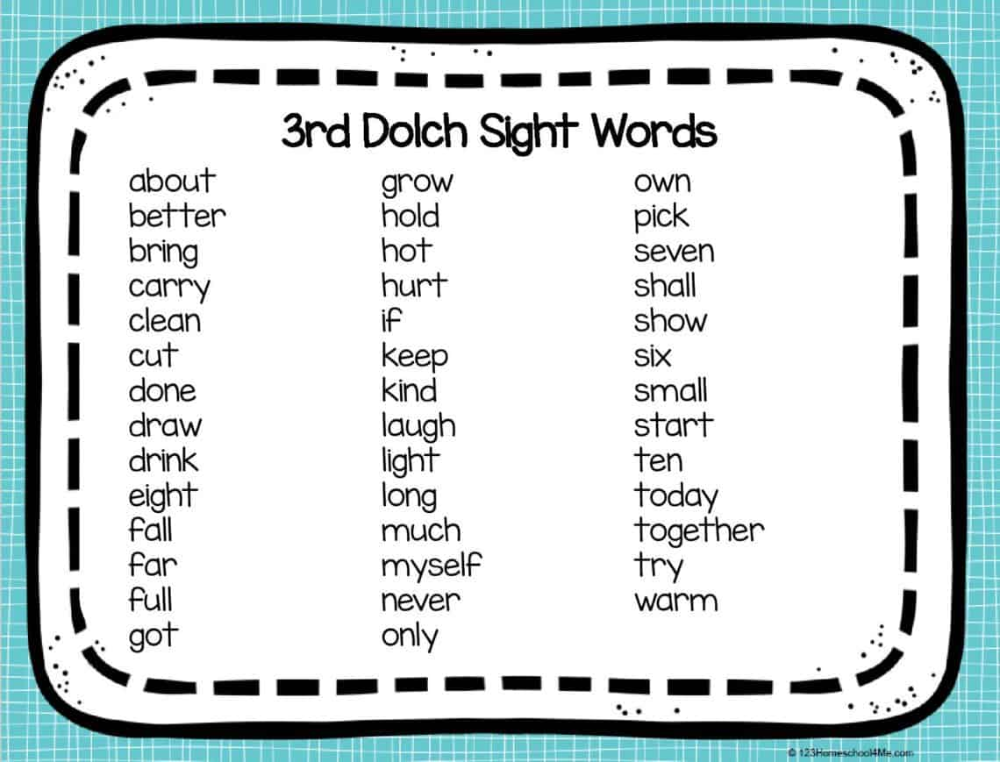 Source: PCGamesN
Source: PCGamesN Big hits and big media stories are only part of the story, though. For every big hit in the indie scene, there are hundreds of games that "missed something," ranging from outright failures to modest successes that weren't big enough to warrant a sequel. Recent years have seen many changes affecting small groups of developers—new platforms, new rules for older platforms, changing business models, proprietary algorithms, and even new cultural norms—and most of these changes have not been helpful to developers.
True, as usual, there are nuances here. The last five years have been tough for small teams, but they have also been filled with new opportunities that some developers have been able to take advantage of. Over the next five years, the situation will be similar. But what will those years actually look like and who will be able to succeed? It would be irresponsible not to think about it.
Animation: Marwane Baaout with Dribbble Based on numbers alone, the indie game market looks huge.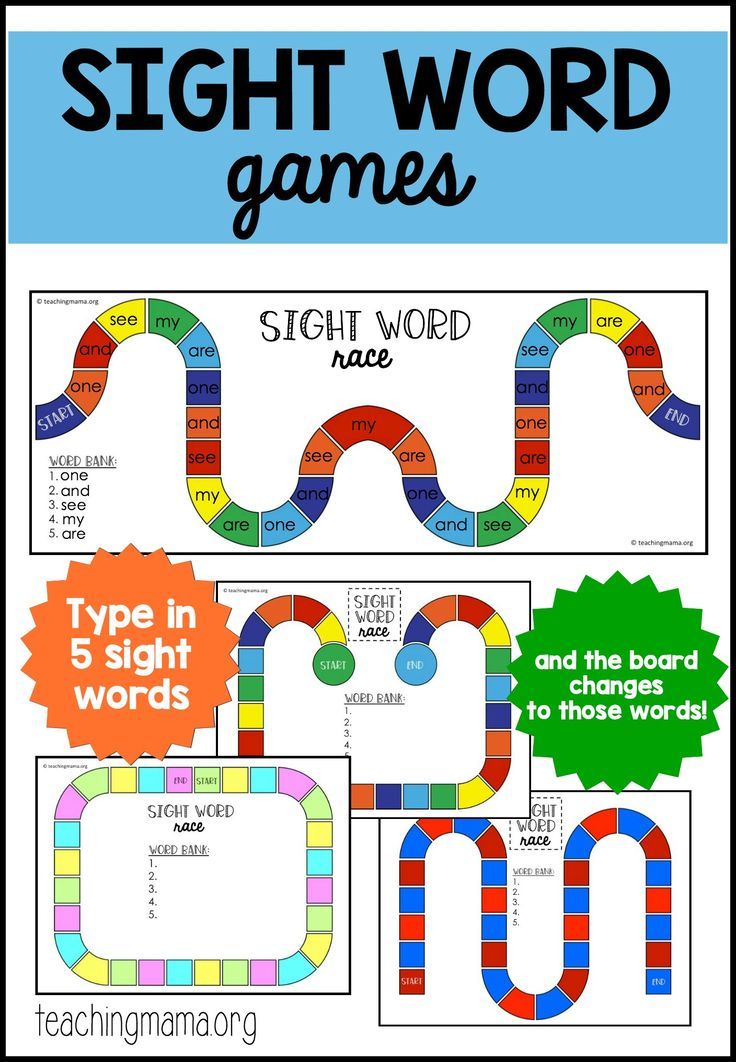 Its total volume is more than billion dollars , while by 2019 the total sales of indie games on Steam amounted to 5 billion dollars . Depending on which games are considered "indie", the average is over $100,000 per game.
Its total volume is more than billion dollars , while by 2019 the total sales of indie games on Steam amounted to 5 billion dollars . Depending on which games are considered "indie", the average is over $100,000 per game.
But there are several significant caveats here. First, on a global scale, a billion dollars is not as big a figure as it might seem. As of 2018, the entire video game market was valued at $137.9 billion. A one billion dollar share means that indie games make up less than 1% of the market. This is also about 2% of the entire PC games market, or about 10% of the revenue generated by game video content .
Another nuance is that the word "average" here has a lot of reservations. The indie market keeps a small number of hugely successful games afloat, each bringing in millions of dollars, which doesn't necessarily reflect the performance of the average indie game. Reality, on the other hand, can be described as "either hit or miss.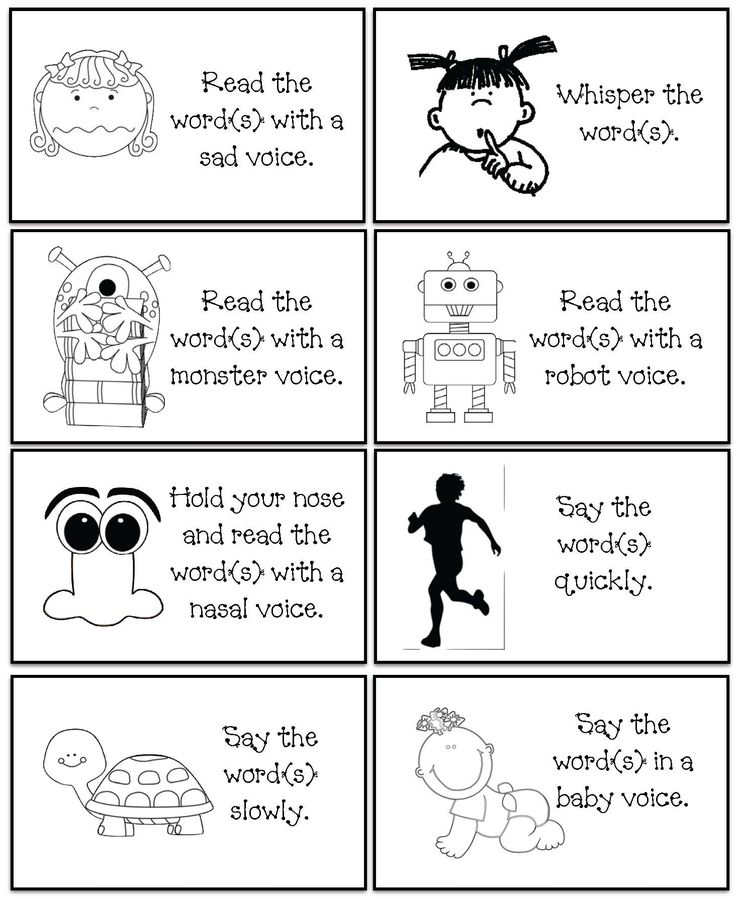 " The median income is only 3947 dollars, and only 18% of released games brought in more than 50,000 dollars.
" The median income is only 3947 dollars, and only 18% of released games brought in more than 50,000 dollars.
In fact, this result may be acceptable to some developers. Despite the relatively short history of independent studios, for many observers, their activities give rise to the feeling that all these small games are stepping stones to something bigger. If the goal in developing a game is simply to test a concept that can lead to more significant success in the industry, then money does not matter. However, the catalog of well-known indie developers is growing every year, which means that many developers want to remain independent and build stable careers outside of big companies. For these people, such numbers can be frightening.
But when it comes to numbers, money may not be the worst of them all.
Source: ReventureWhen talking to the developers about the problems they and their colleagues face, you will hear a common theme.
I first heard this from Fali Ronda of Pixelatto , the team behind Reventure : "It's very hard to predict the impact your game will have on the market, and it's very hard for small teams without connections and big budgets to get their game noticed.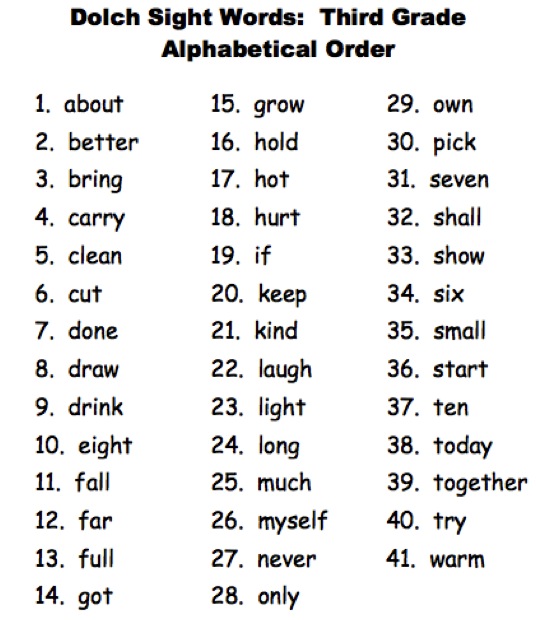 "
"
I heard something similar from Ryan Lee from Cellar Door , known for Rogue Legacy: “If I had to name the most difficult task, I would say that it is to understand how to increase the recognition of the game and increase the overall traffic of our game (s) in general, since the lack of established practices, trade shows and gaming events makes it much more difficult to establish media relations and search for promotional opportunities.”
This problem is familiar not only to video game developers, but to everyone who works "on the fringes" of their industry. As long as no one knows you exist, no one is going to buy from you. And as much as we like to think that the Internet has “levelled” the playing field, in many ways it has made things worse by increasing competition.
According to SteamSpy , 9777 games were released on Steam in 2020, more than three times the number released five years before and 29 times what it was ten years ago. In 2021, the platform is expected to see at least as many new games. It's easy to get lost in the crowd when dozens of new games are released every day.
It's easy to get lost in the crowd when dozens of new games are released every day.
This does not mean that for small teams, the solution to all problems is competent marketing. However, everything else - relationships with the player community, sales and budgeting, and even the game itself - all this does not matter if the players do not find the game in the first place. “I would advise small studios releasing their first game to think about marketing and promotion of the game from the very beginning of its development,” says Lee. “Marketing and promotion should always be considered at all stages of game development; it can be as simple as identifying your target market based on age ratings.”
So what are indie developers to do? Luckily, they have some promising possibilities.
Slay the Spire. Source: Nintendo Life One interesting example is Slay the Spire by Mega Crit. Today, the game is already considered highly influential, with many new deckbuilding games following in its footsteps.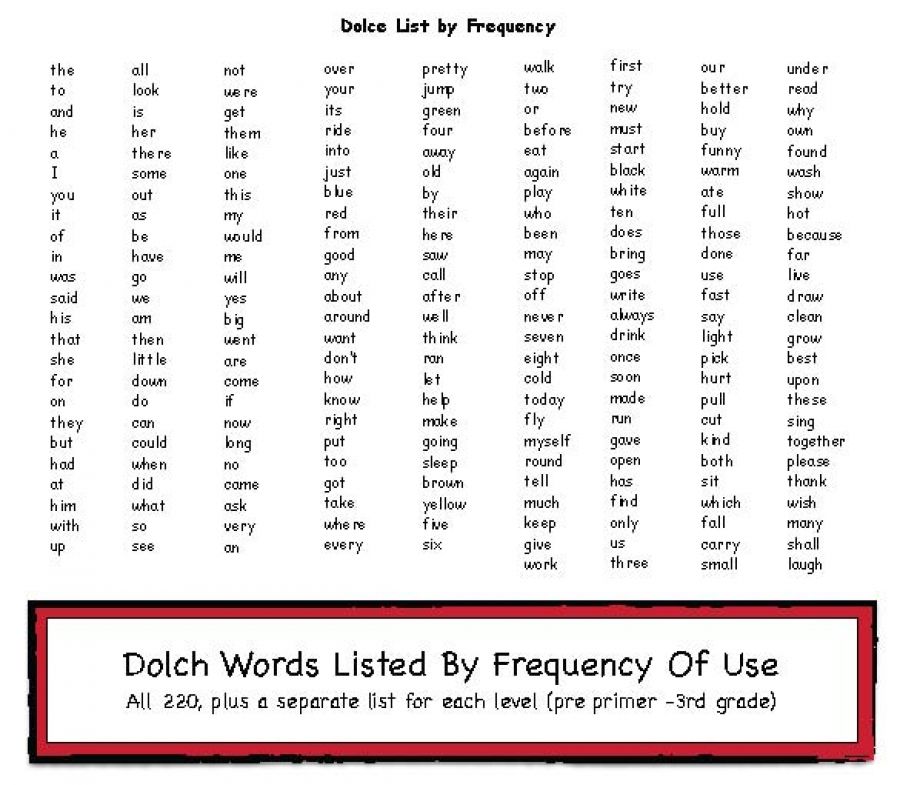 However, the game got off to a rather poor start, as only sold around 2,200 copies of in its first two weeks of Early Access.
However, the game got off to a rather poor start, as only sold around 2,200 copies of in its first two weeks of Early Access.
Tip the scales on the other side and make the game a hit thanks to its appearance on the Chinese stream. “The international market is huge and growing in importance,” says Mega Crit developer Anthony Giovannetti. “Developers who ignore the potential of China do so at their own expense. If you localize your game into at least one additional language (even though that would be stupid), make sure it's Chinese."
Although this is another argument in my constant talk about the importance of China to the industry is also a reminder of how today's media environment functions. Community relationships are important to everyone in the entertainment industry, from musicians to writers to journalists, but video game developers have a particularly close relationship with content creators. AAA companies have entire teams to manage these relationships, but for smaller developers who probably don't have the resources for even a basic marketing campaign, having these relationships is a matter of life and death.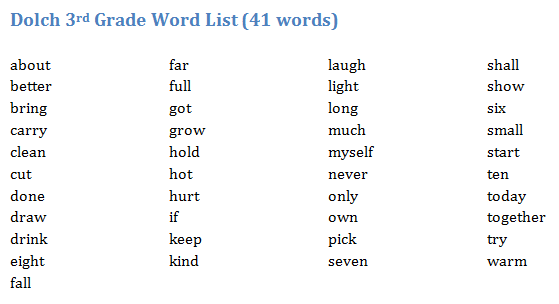
"Engaging content creators will only help you as a developer if you do it right," Giovannetti says. "Make games optimized for streaming!"
This advice is no doubt already used by many developers. Pixelatto's Reventure is a good example of a game designed with live streaming in mind - it has special features when launched in "streamer mode", even allowing you to control the game via chat.
Even here, however, there are obstacles, not least how to get the attention of content creators. The Mega Crit team distributed keys before the launch of Slay the Spire, but received no response. Why? Perhaps the game was too non-standard; perhaps the content creators wanted more established games; maybe it was just bad luck and all emails were ignored.
This is enough to cause some developers to look for other ways to get around Steam's ever-increasing overcrowding.
Geometry Wars. Source: Microsoft In 2008, Microsoft launched the "Summer of Arcade" promotion for its Xbox Live Arcade (XBLA) service.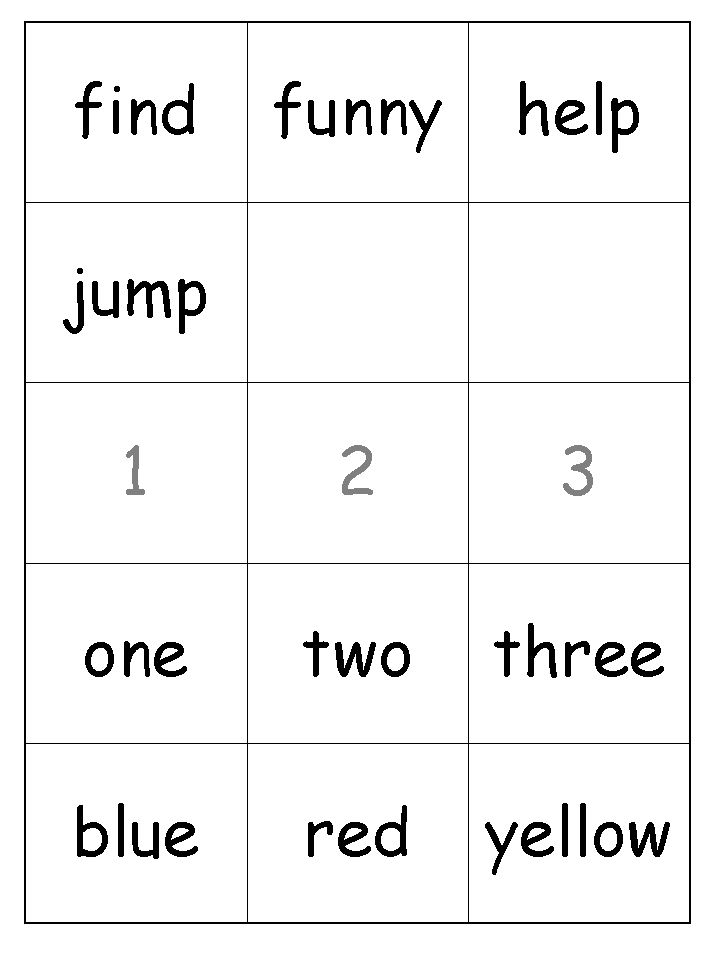 Smaller indie games have been present in XBLA since the service launched with the Xbox360, but as part of Summer of Arcade, Microsoft decided to specifically promote three of them: Geometry Wars 2, Castle Crashers, and Braid. For these games, the promotion proved incredibly lucrative: Castle Crashers sold 2.6 million copies of on XBLA alone, 's combined sales across all platforms were a whopping 20 million copies of , while Braid became a critical darling and an obsession for gamers who view games as works of art.
Smaller indie games have been present in XBLA since the service launched with the Xbox360, but as part of Summer of Arcade, Microsoft decided to specifically promote three of them: Geometry Wars 2, Castle Crashers, and Braid. For these games, the promotion proved incredibly lucrative: Castle Crashers sold 2.6 million copies of on XBLA alone, 's combined sales across all platforms were a whopping 20 million copies of , while Braid became a critical darling and an obsession for gamers who view games as works of art.
Perhaps the biggest result of Summer of Arcade (and XBLA as a whole) is the reputation this promotion has created for Microsoft. Since then, the Xbox family has been considered friendly to small studios, and that reputation has only grown stronger.
Throughout this article, it's no coincidence that I've been talking exclusively about Steam. PC is home territory for indie developers and Steam is king on PC. But as Steam becomes more and more crowded, some developers are looking for a new home.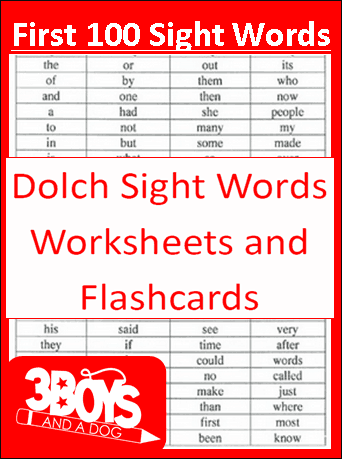 And why not? The days when small companies had to beg, borrow, steal SDKs are over, or at least it seems so. Some developers who struggled on Steam have found success on consoles.
And why not? The days when small companies had to beg, borrow, steal SDKs are over, or at least it seems so. Some developers who struggled on Steam have found success on consoles.
These days, Nintendo is considered a friend of indie developers, and Switch serves as something of a promised land. There are many success stories to cite, whether it's Shovel Knight selling 110k copies in its first month on Switch or SteamWorld Dig 2 and Wonder Boy: The Dragon's Trap selling more copies on Switch than on any other platform. combined .
Of course, if getting a seat on consoles was easy, they might not be so enticing. The biggest advantage that console makers offer over Steam is that they are selective, meaning there is less internal competition and more visibility in their environment. Even leaving aside the technical issue of porting a game, which however is a difficult task for many small teams, the question remains how to get the attention of such a large company.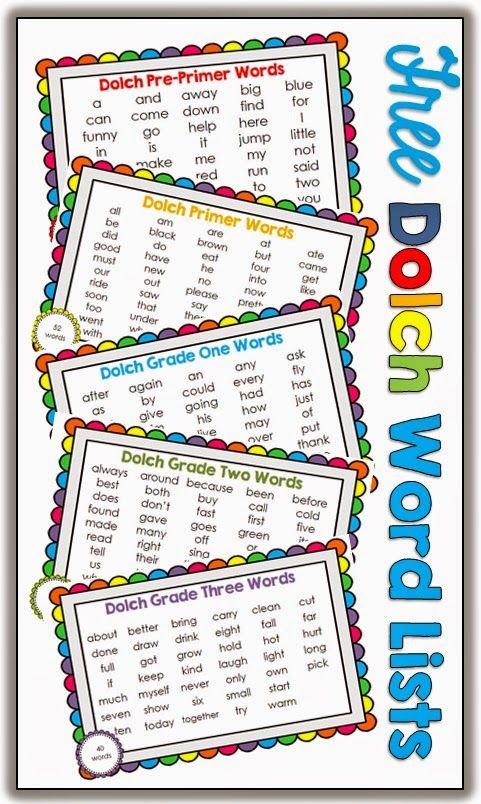 Many of the indie games that have done well on the Switch have been high-profile titles that have received a lot of press coverage from companies that have previously worked with Nintendo.
Many of the indie games that have done well on the Switch have been high-profile titles that have received a lot of press coverage from companies that have previously worked with Nintendo.
“High-end consoles are big corporations that really care about one thing only: expanding market share and ROI for all their shareholders and stakeholders,” Li says. “There's nothing wrong with that, but console makers seem to believe that two factors are at work in the competition between consoles/platforms for market share: a) an extensive library of games; and b) having prominent/popular indie games on the platform.”
In simple terms, the best way to get the attention of console makers is to already have high visibility. For most developers, this means focusing on the PC in the short term, but preparing for multiplatform in the long term.
Let's go back to the question of money for a moment, because there is one incredibly insidious obstacle that I think will become even more significant than visibility in the coming years.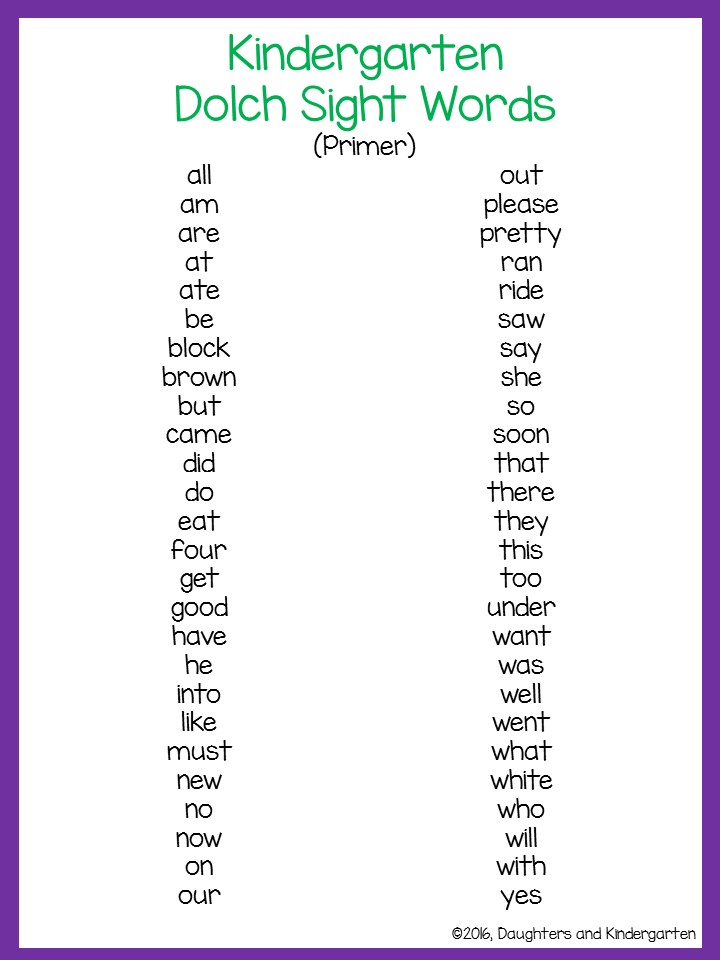
The price of the game has always been a stumbling block for small teams. The range of price points for video games is wider than for most other media products, and while we all generally know how much an AAA game should cost, it's harder for us to define the same in the indie genre. As a result, there are entire generations of games sold at underpriced prices.
According to SteamSpy, the average price of a game released on Steam in 2021 is $4.99. From a consumer point of view, this is a strong case for PC - I certainly like that I can buy a full game for less than a pizza. From a developer's point of view, this makes less sense. There is little evidence that such a low price increases the sales of the game, in fact it may have the opposite effect. However, this situation has created something of a “can go lower” competition, and that’s not counting the sales since 90% discounts, one dollar bundles and free downloads. We've heard warnings for years that such practices run the risk of devaluing small games.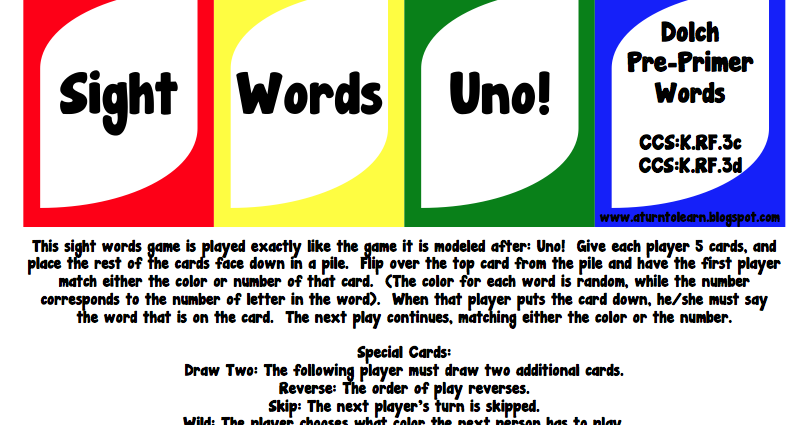
But in the end, this is not the main problem. A bigger issue is the major shift in the video game economy that is currently affecting everyone.
It's no secret that the industry has been moving towards a more service-oriented model for several years now. No matter how you feel about it, the game-as-a-service model is here to stay, because free-2-play and monetized pay-to-play games make up an ever-increasing share of the industry's revenue. More and more traditional games, in order to win over undecided consumers and interest content creators, are beginning to integrate "service-like" features, such as regular content updates.
How does this affect small teams? In some cases, this can be more of a valuable opportunity than a hindrance. Some of 's biggest revenues in the indie space come from niche, free-2-play, or budget MMORPGs that are well-suited to game-as-a-service and can generate big profits from a relatively small player base. More traditional games are also being adapted - games like Hollow Knight and Shovel Knight have received numerous free updates, reminiscent of a service model.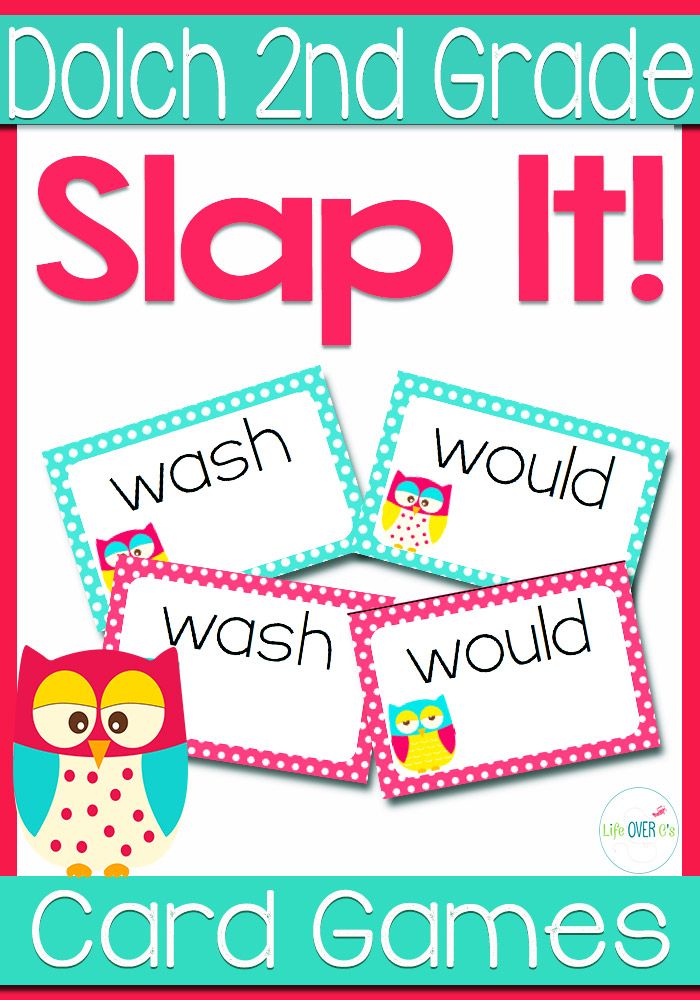
Of course, keep in mind that these are well-known games whose developers have the means to continue development of the game after the initial hype has subsided. What this will mean for new teams (or, for that matter, consumers) remains to be seen.
Image: 13chrisart on DribbbleMaking predictions is not a smart thing to do. It is one thing to predict based on existing trends, but going beyond them, you are always at risk. On the other hand, on the nose of the New Year, and when to take risks, if not in the new year?
So here's what I think will happen in the next five years:
-
As more media companies move into the gaming space, there will be an increasing need for games to populate streaming and download libraries. Many small developers will try to get the attention of these companies by maximizing sales and visibility in the short term, such as offering their games at rock bottom prices or for free. However, profits from working with these companies will be negligible for the foreseeable future.
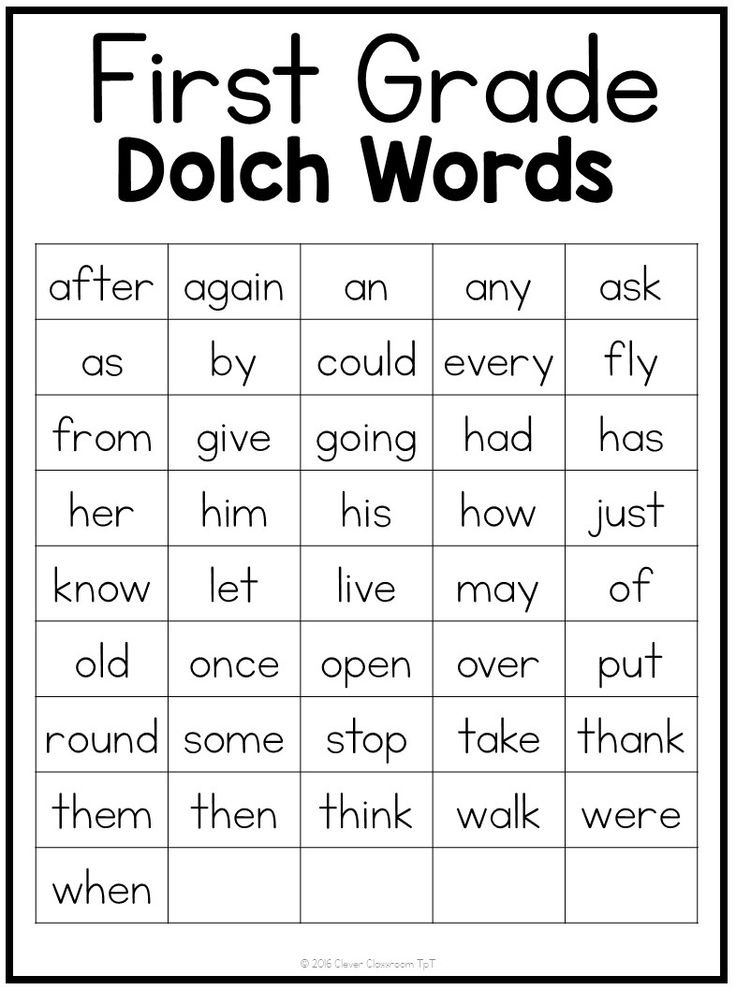
-
It will be harder and harder for indie developers to catch on with the big content creators who will be increasingly connected to the industry. This will increase the importance of smaller reviewers, including those working in narrow niches and local markets, especially in Chinese, Korean and Spanish. Eventually, a disparate network (or networks) of developers and content creators will form, and working with this network will be the most important condition for new developers.
-
There will be a new type of marketing service targeted at independent video game developers, especially the larger and more established ones, as they begin to compete with AAA developers. Providers of these services will use a combination of traditional and non-traditional tactics such as cross-promotion in non-gaming spaces. Unfortunately, most of these companies will turn out to be incompetent or even outright fraudulent, leading to minor scandals.
-
AAA developers will increasingly form semi-independent studios based on their teams, continuing to experiment with smaller, less labor-intensive games that can be released quickly and at predictable profits.
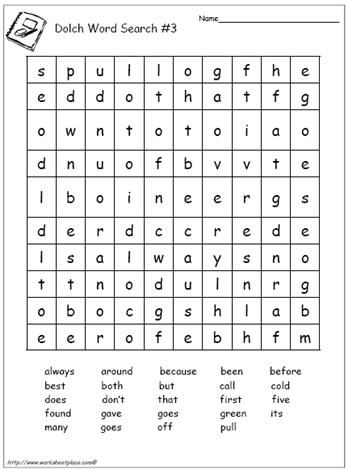 As part of this experiment, large companies will also accelerate the buying of smaller development teams, with the most in-demand teams making games that have a proven appeal to consoles, such as platformers and arcades.
As part of this experiment, large companies will also accelerate the buying of smaller development teams, with the most in-demand teams making games that have a proven appeal to consoles, such as platformers and arcades. -
Game as a service features will become more and more common in indie games. As part of this trend, more games will be released in early access, using roadmaps with regular scheduled updates, as well as integrated social networking features. Developers will resist microtransactions at first, but after a bit of big financial success, more companies will start adding in-app purchases for real money and releasing low-cost DLC. Monetized features that use an element of randomness will remain taboo for all but a small handful of teams.
-
The indie scene will create another new genre/subgenre that will be a reimagining of the traditional genre with the addition of features created for the current media space. Most likely, the source of this will be studios from regions such as mainland Asia, Russia and Eastern Europe.
